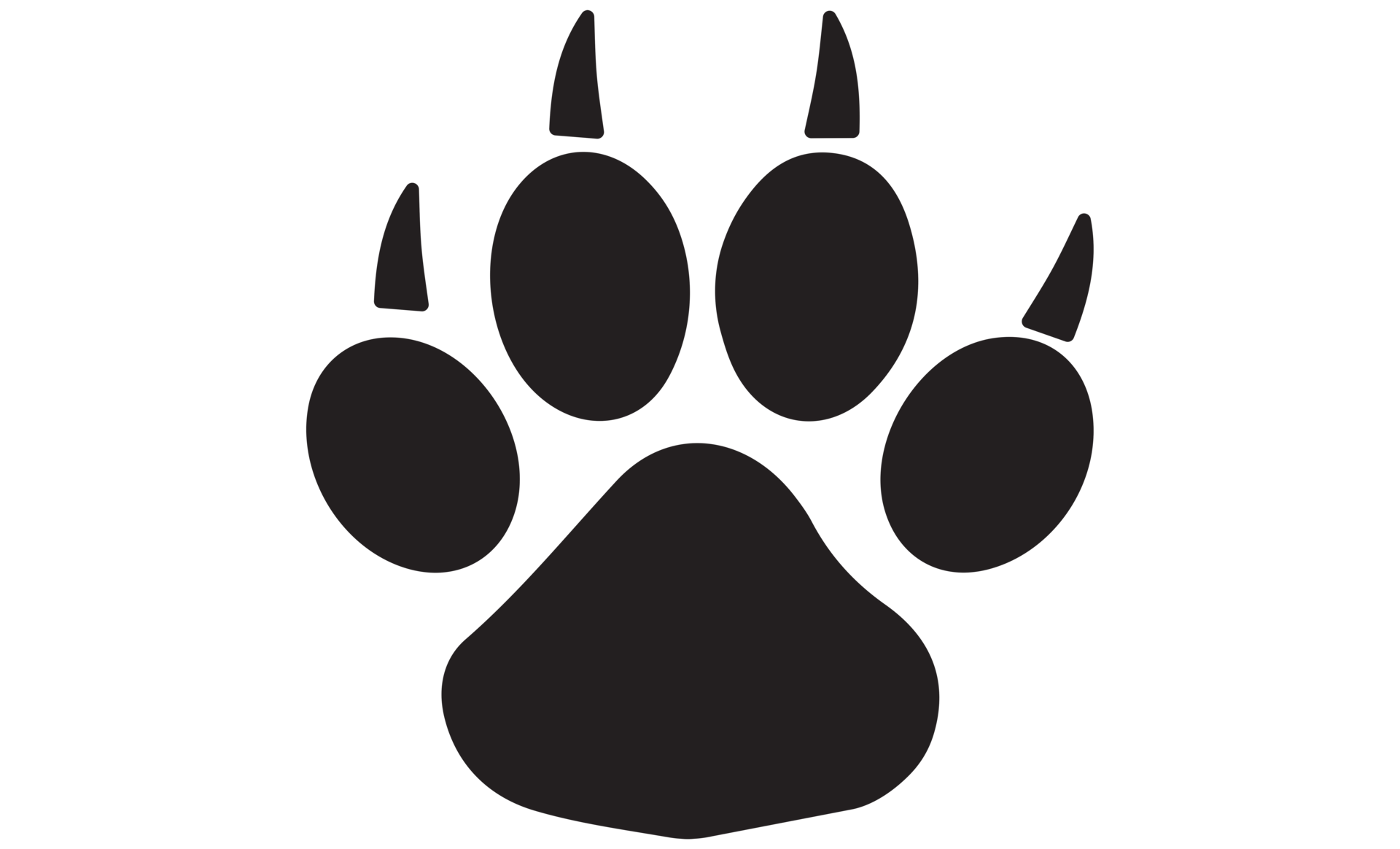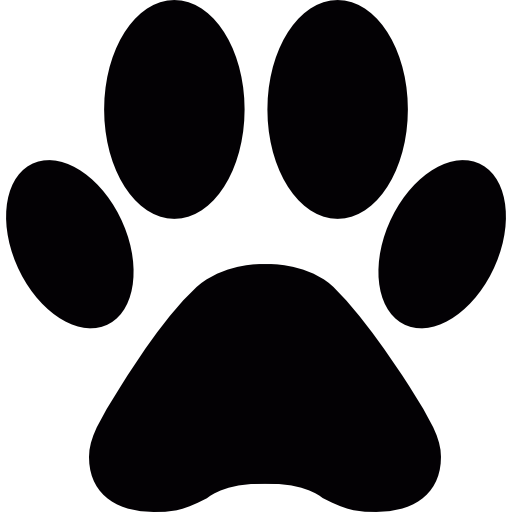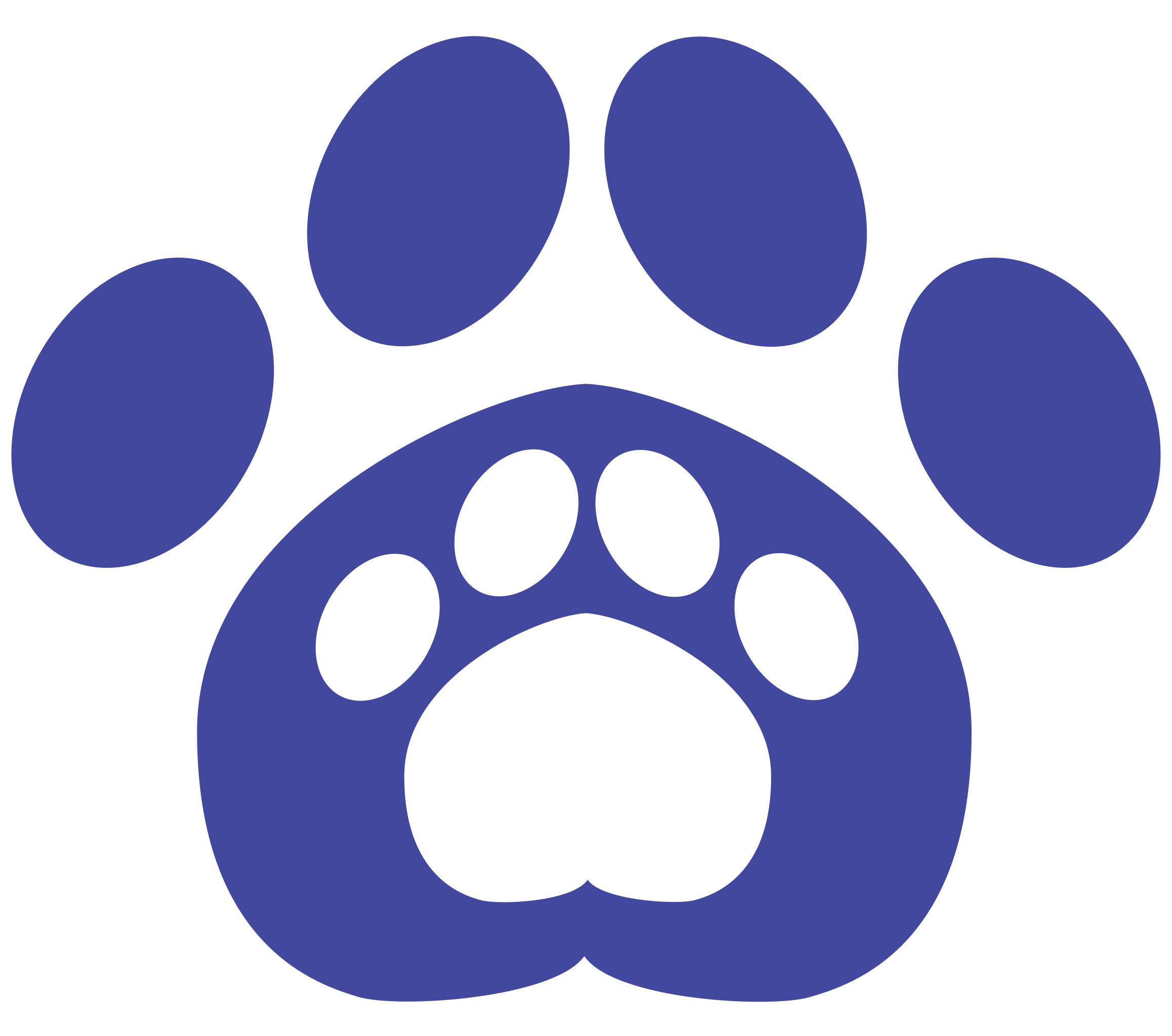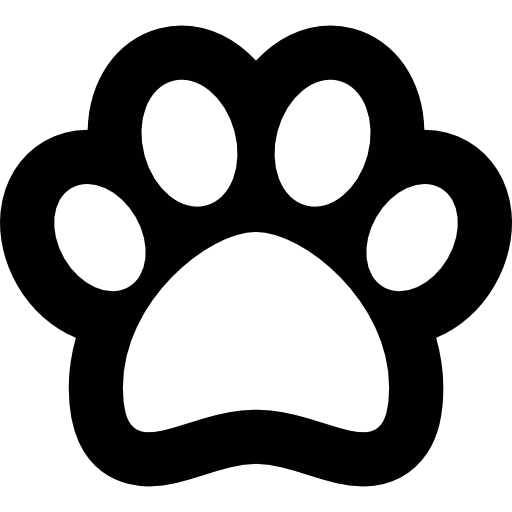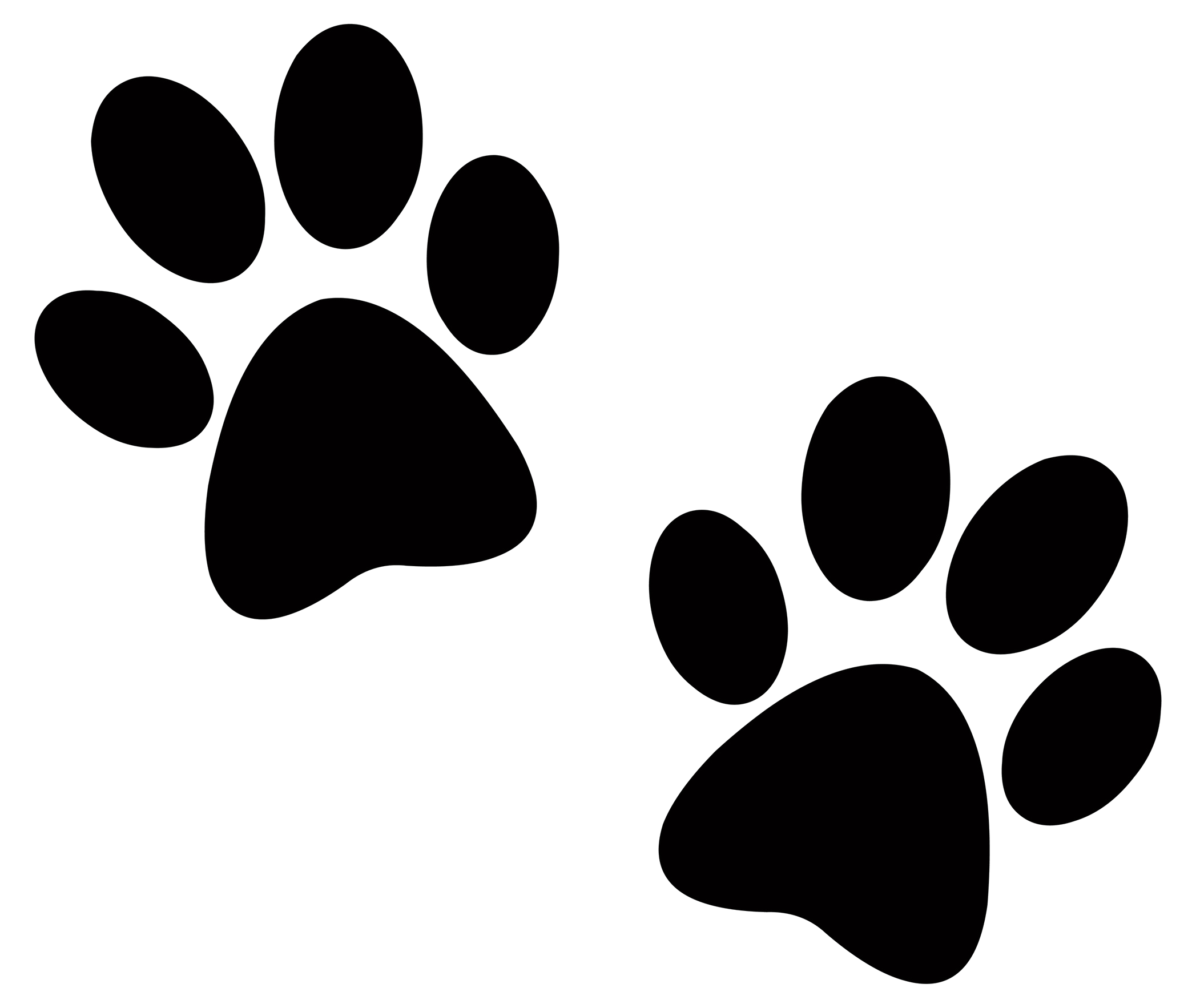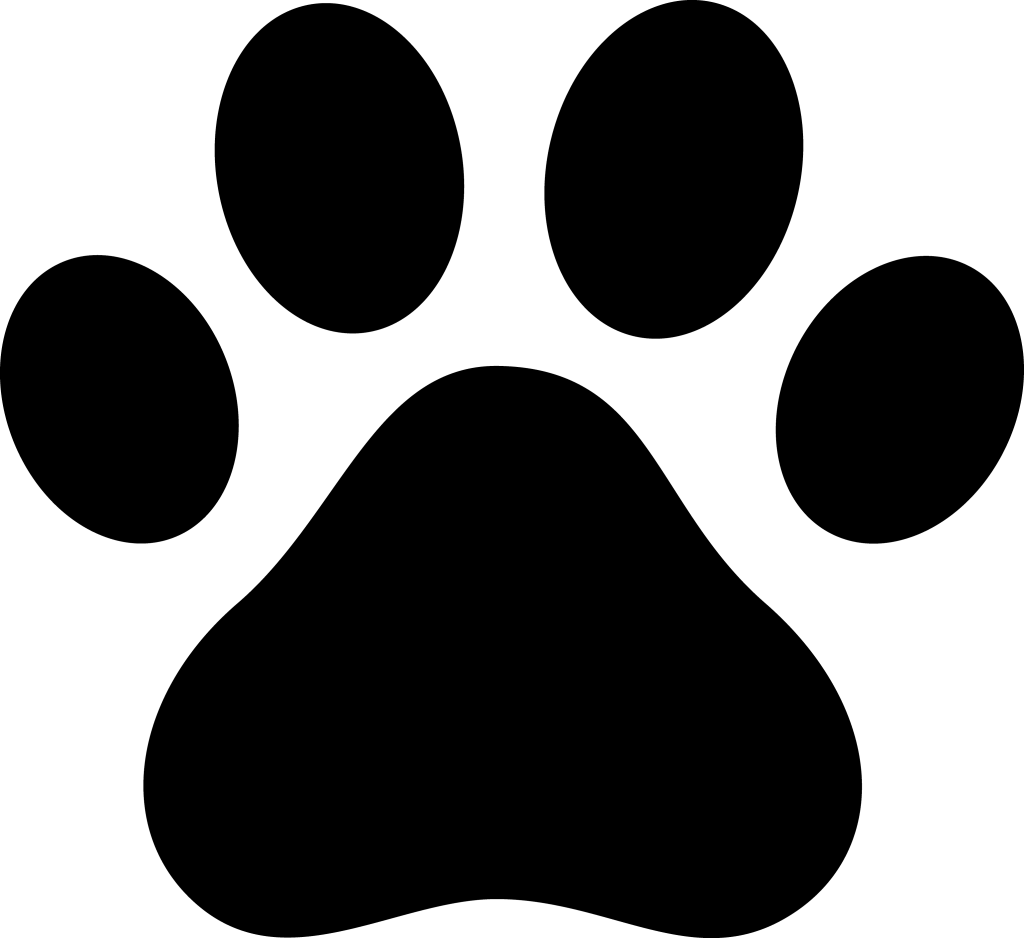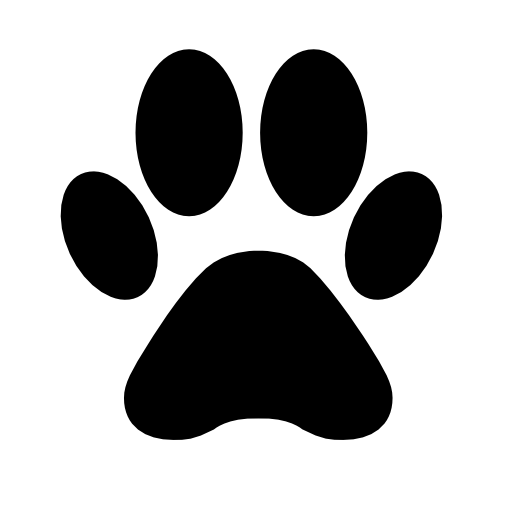Download top and best high-quality free Paw PNG Transparent Images backgrounds available in various sizes. To view the full PNG size resolution click on any of the below image thumbnail.
License Info: Creative Commons 4.0 BY-NC
A paw refers to the foot of a mammal, including animals such as cats, dogs, bears, lions, tigers, and more. It is an essential part of an animal’s body, helping them with mobility and stability, as well as playing a crucial role in sensory perception.
Anatomy of a Paw
A paw comprises of various structures, including:
- Claws: These are the sharp, curved nails present at the end of the toes. They are used for digging, climbing, and self-defense.
- Toes: These are the bones that extend from the feet. The number of toes varies from animal to animal; cats have five toes on their front paws and four toes on their back paws, while dogs have four toes on their front and back paws.
- Pads: These are the thick, cushioned parts of the paw found beneath the toes. They act as shock absorbers and provide insulation from hot and cold surfaces.
- Digital bones: These are the bones that connect the toes to the foot’s central part, providing mobility and support.
- Metacarpal (front paw) or metatarsal (back paw) bones: These long bones connect to the digital bones and the wrist or ankle, providing stability and structure to the paw.
- Tendons and ligaments: These connect the bones and muscles, helping the paw move and perform various functions.
The Function of the Paw
The paw is a vital body part, and it plays various functions, including:
- Walking and running: The paw helps the animal move forward by providing stability, balance, and grip on the ground. The claws act as anchors, and the pads act as shock absorbers, reducing the impact on the joints.
- Climbing: The claws help the animal climb by providing a firm grip on surfaces.
- Digging: Animals use their paws to dig burrows, holes, or to bury their food.
- Swimming: The paw helps aquatic animals, such as otters, to swim by providing webbed feet for paddle-like movements.
- Sensory perception: The pads of the paw contain numerous sensory receptors that allow the animal to feel the texture, temperature, and pressure of the ground.
- Self-defense: The claws act as weapons to protect the animal from predators.
The Significance of Paws in Different Animals
Different animals have different paws, which serve various purposes.
Dogs and Cats
Cats and dogs have retractable claws, allowing them to control their use when walking, running, or hunting. The claws help them climb trees, scratch surfaces, and defend themselves from predators. The pads on their paws contain scent glands that help them mark their territory. Additionally, dogs and cats sweat through their paw pads to regulate their body temperature.
Bears
Bears have large paws designed for digging and climbing trees. The long claws provide them excellent traction on trees and ice, and the rough soles help prevent slipping. The pads help them balance and reduce the impact of shock when running and landing from heights.
Lions and Tigers
Lions and tigers have retractable claws that help them climb, scratch surfaces, and grab prey. Their paw pads are rough and provide excellent traction for running and jumping. Additionally, lions and tigers use their paws for communication, such as scratching trees or leaving paw prints.
Elephants
Elephants have four toes, each with a cushioned pad that stifles their footsteps. The pads also provide a grip on the ground, preventing them from slipping on wet surfaces. The toes are connected to massive bones that support their weight and provide mobility.
Paw Care
As the paw is a crucial body part, it is essential to keep it clean and healthy. Here are some tips to help care for your pet’s paw:
- Clean their paw pads regularly to remove any dirt or debris.
- Trim their nails to prevent them from overgrowing and causing discomfort.
- Inspect their paws for any injuries, cuts or swelling, and ensure they receive appropriate medical attention when necessary.
- Use protection when walking your pets on hot or cold surfaces to prevent burns or frostbite.
The paw is a significant body part that plays various roles in animals. It is vital to take good care of it, whether you are a pet owner or a wild animal observer.
Download Paw PNG images transparent gallery
- Paw PNG Picture
Resolution: 745 × 720
Size: 55 KB
Image Format: .png
Download
- Paw PNG
Resolution: 854 × 858
Size: 9 KB
Image Format: .png
Download
- Paw Transparent
Resolution: 513 × 480
Size: 14 KB
Image Format: .png
Download
- Paw
Resolution: 2997 × 2727
Size: 141 KB
Image Format: .png
Download
- Paw Background PNG
Resolution: 190 × 216
Size: 5 KB
Image Format: .png
Download
- Paw No Background
Resolution: 1920 × 1164
Size: 67 KB
Image Format: .png
Download
- Paw PNG Clipart
Resolution: 512 × 512
Size: 9 KB
Image Format: .png
Download
- Paw PNG Cutout
Resolution: 2000 × 1950
Size: 92 KB
Image Format: .png
Download
- Paw PNG File
Resolution: 3117 × 3414
Size: 319 KB
Image Format: .png
Download
- Paw PNG Free Image
Resolution: 200 × 200
Size: 4 KB
Image Format: .png
Download
- Paw PNG Image File
Resolution: 2315 × 2047
Size: 143 KB
Image Format: .png
Download
- Paw PNG Image HD
Resolution: 980 × 1024
Size: 135 KB
Image Format: .png
Download
- Paw PNG Image
Resolution: 546 × 604
Size: 19 KB
Image Format: .png
Download
- Paw PNG Images HD
Resolution: 512 × 512
Size: 20 KB
Image Format: .png
Download
- Paw PNG Images
Resolution: 2095 × 1766
Size: 212 KB
Image Format: .png
Download
- Paw PNG Photo
Resolution: 1024 × 938
Size: 50 KB
Image Format: .png
Download
- Paw PNG Photos
Resolution: 512 × 512
Size: 13 KB
Image Format: .png
Download
- Paw PNG Pic
Resolution: 200 × 200
Size: 4 KB
Image Format: .png
Download





